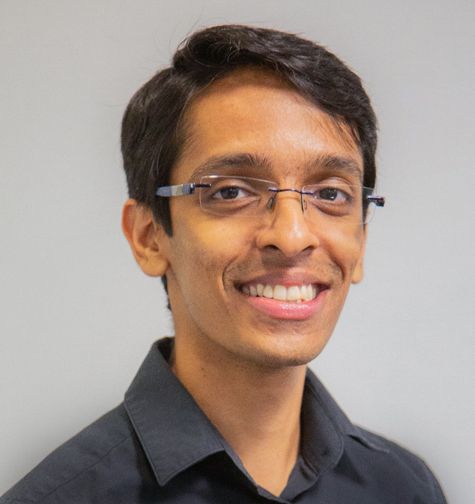Early Career Scientist Spotlight
Dr. Nithin Sivadas (he/him/his)
Space Physicist
Space Weather Laboratory (674)
What motivated you to pursue a career in space physics?
My mother’s copy of Carl Sagan’s Cosmos that she handed me when I was 10.
I still remember its cover – an image sparkling with a cluster of galaxies, suspended far away in the depths of time. The book started with a hymn from the ancient Assyrians to cure a toothache and waded through history, philosophy, religion, and science. In Sagan’s romance with the cosmos, I found a voice that resonated with my childhood self. In the night, I would go up to the terrace at my parent’s house, lie down and look up into the sky – watching all those infinite worlds staring back at me. I really wanted to know them.
Fast forward to college, my love of astronomy steered me into an opportunity to build a university satellite. Conceived by a few of my classmates and me, we developed a small-satellite mission designed to study highly energetic particles (> ~1 MeV electrons) in low earth orbit. In the process, we constructed a solid-state particle detector by teaching ourselves atomic physics, analog and digital circuits, and plasma and space physics. Working on this became a passion, and I stayed at the university as long as I could to hand over the project to the next generation of students. Towards the end of my stay, I visited the United States to present our work at a national conference (the CEDAR Workshop). And there, I met a lot of very encouraging Space Physicists. Interacting with them made me feel that space physics was a fascinating field to exercise my curiosity. And so I started a Ph.D. at Boston University, studying the aurora and exploring what we can learn about our space environment from it.
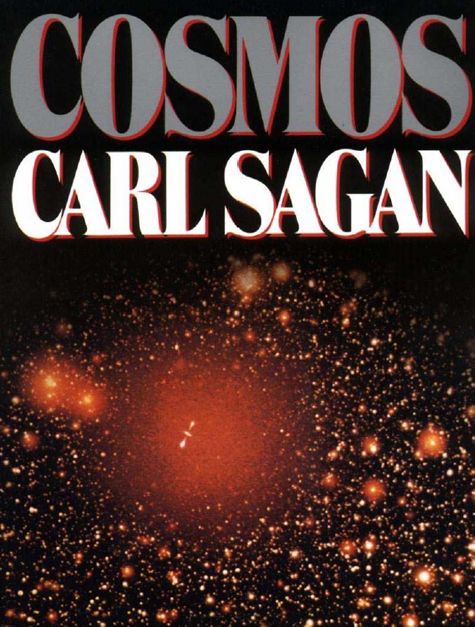
Credit: Adolf Schaller/Carl Sagan
How did you end up working at NASA Goddard?
The radiation belts surrounding our planet are dangerous for humans and robots alike. And it is in our best interest to know where they are and how big they are at all times. It might sound like an easy task, but it isn’t because the radiation belts are constantly growing and shrinking depending on the complex changes in the space environment. And we don’t always have satellites in the radiation belts to measure their extents. For example, the best one we had – the Van Allen Probes – reached the end of its life in 2019.
During my Ph.D., I was fortunate to be awarded the NASA Earth and Space Science Fellowship, which gave me the freedom to pursue something unique. I discovered that the outer boundary of the radiation belt could create a visible and unusually structured aurora. This was unexpected because radiation belts were not considered to possess the energy and amount of particles necessary to cause a visible aurora. The discovery opens up the possibility of monitoring the extent of the radiation belts from the ground using cameras. This finding, featured on the cover of the Geophysical Research Letters, got me several speaking opportunities at universities and labs. One such opportunity was at NASA Goddard, where I met my current supervisor, Dr. David Sibeck (Chief Scientist, Heliophysics Division), who made me an offer to work with him. And I am delighted I accepted it.
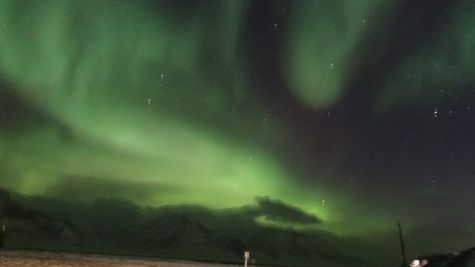
Credit: Nithin Sivadas
What is one of your favorite moments in your career so far?
One of the most exhilarating moments in my career happened to me in the summer of 2021 after starting work at NASA with Dr. David Sibeck. I had stumbled upon something fundamental in statistics that could significantly impact our interpretation of space weather’s impact on our planet. If true, extreme space weather could affect the upper atmosphere at least 300% greater than what we had previously believed to be the case. What I stumbled upon was so fascinating to me that I got hooked. The math and physics just effortlessly drew me into reading textbooks cover to cover. I had never experienced anything like this before – never read a textbook cover to cover! Every day was exciting, dopamine-filled, and time flowed with such ease. And I periodically shared my excitement with my colleagues in NASA and outside, improving the work with their feedback. Irrespective of the success of what one does, I feel what is more valuable is the experience of doing it. And discovering something new, even if that is new only to you, is one of those moments that will always be my favorite.
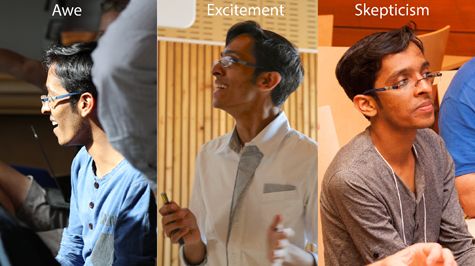
Credit: Craig J Heinselman, Philip J. Erickson
Tell us about the research projects you are currently working on.
One of the major undertakings of science is to find relations between things. Say your temperature is higher than 100°F; doctors may tell you that you have the flu. The first thing – temperature, is a state of the molecules in your body, and we relate that to another thing – flu, an illness. Finding that there is an association between these things, and understanding the nature and cause of that association, squarely falls under the job description of science.
In space physics, we are very interested in finding the association between solar wind coming from the sun and its energy input into the Earth’s upper atmosphere. We care about this because extreme solar wind events can lead to so much electromagnetic energy input that it can cause large-scale power outages, satellite communication and internet disruptions, and generally large-scale economic damage. It can also lead to changes in atmospheric density, which in turn cause satellites to experience increased drag, leading to launch failures like the SpaceX incident on Feb 2nd, which resulted in the loss of 40 of the 49 satellites that were launched. So far, space physicists have inferred from measurements that there may be (fortunately) an upper limit to the energy that can be transferred to the planet, no matter how extreme the solar wind gets.
However, the favorite moment that I mentioned before led me to my current project, where my colleagues and I explore how uncertainty in our measurements affects our understanding of the association between things. We believe that we can show from first principles that this upper limit to the solar wind energy transfer to our planet may merely be a perception caused by uncertainties in the solar wind measurements that we use. This implies that we may have to worry more about the effects of extreme space weather on our planet. The work is now being peer-reviewed, and I hope it will generate discussion around the role of measurement uncertainty in finding associations between things.
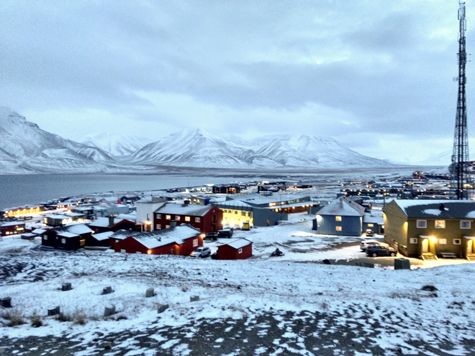
Credit: Nithin Sivadas
Who inspires you?
I am inspired by individuals who care about this world enough to seek what is true no matter how uncomfortable it may be, and motivated by those who care about society enough to seek what is just no matter how dangerous. A person who belongs to both these categories whose work has inspired me recently is Professor David Graeber, an anthropologist. He was at the London School of Economics before his recent unexpected passing.
What is a fun fact about you?
I like to travel, and whenever I visit a city where one of my friends lives, I make it a point to go and cook some delicious Indian food with them. Several such dinners happened on an island in the Arctic, north of Norway, called Svalbard. At the University Center in Svalbard, I spent 45 24-hour nights with eight others students from Europe studying the polar aurora. There was no sunlight and no trees, only the magnificent icy mountains, the arctic sea, the aurora, excellent company, and exciting science. I also have a passion for learning the social sciences, and hence I spent a summer working with the Future of Humanity Institute, Oxford developing projects to study civilizational collapse.
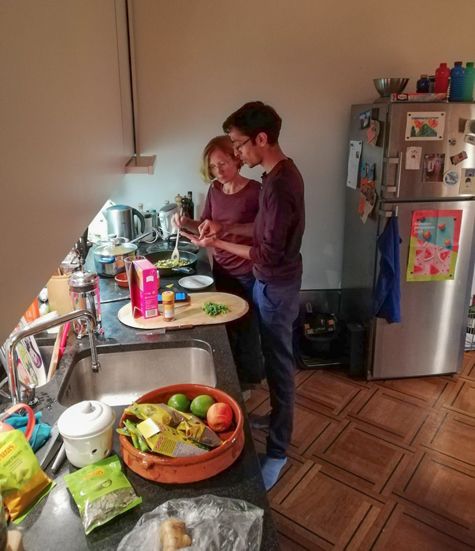
Credit: Stein Haaland
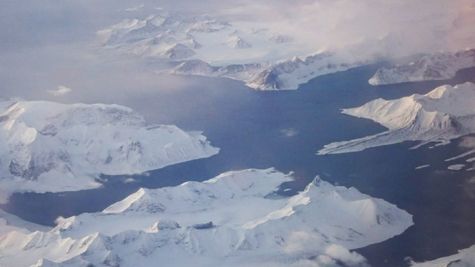
Credit: Nithin Sivadas
What are your future research interests and goals?
In the immediate future, I’d like to further develop my work on uncertainty in measurements, explore its implications in space physics, and extend these insights to other fields of observational science. I hope to create an environment for myself and my colleagues where we can carry out research that questions fundamental assumptions and engages with fundamental questions about the nature of the space environment. I am also interested in learning more about the social sciences, particularly social power dynamics and civilizational collapse. In the long term, I hope to contribute in the small ways I can to these fields.
Biography
Home Town:
Kochi, KL, India
Undergraduate Degree:
Aerospace Engineering, Indian Institute of Technology Madras, Chennai, TN, India
Post-graduate Degrees:
M.Tech Aerospace Engineering, Indian Institute of Technology Madras
Ph.D. Electrical Engineering (focus in Space Physics), Boston University, Boston, MA
